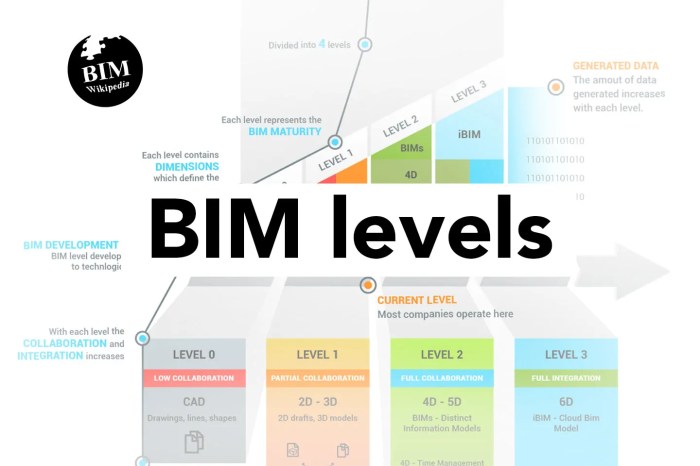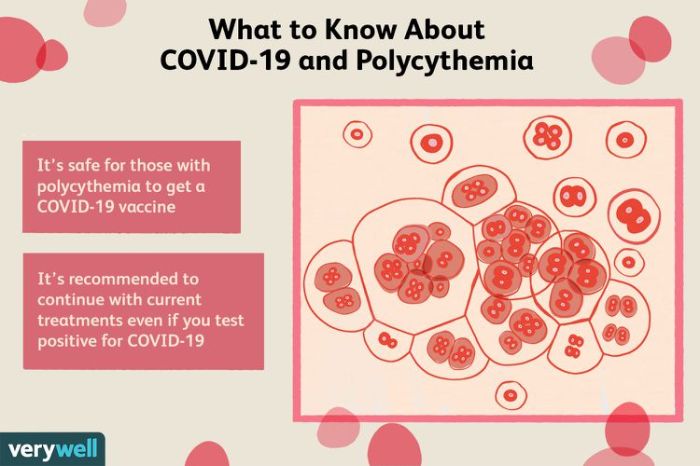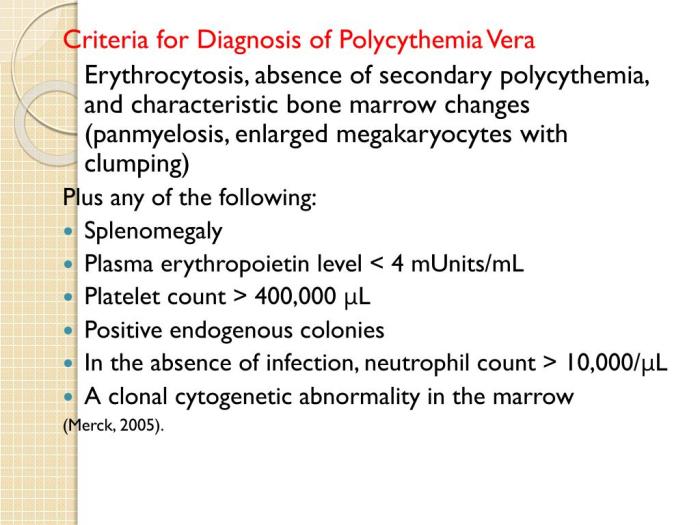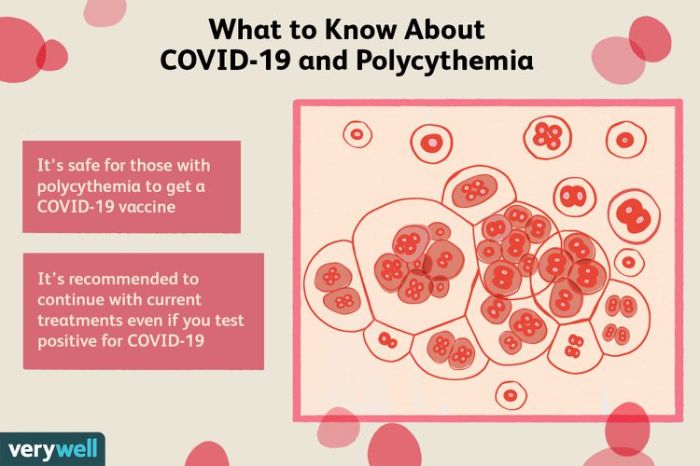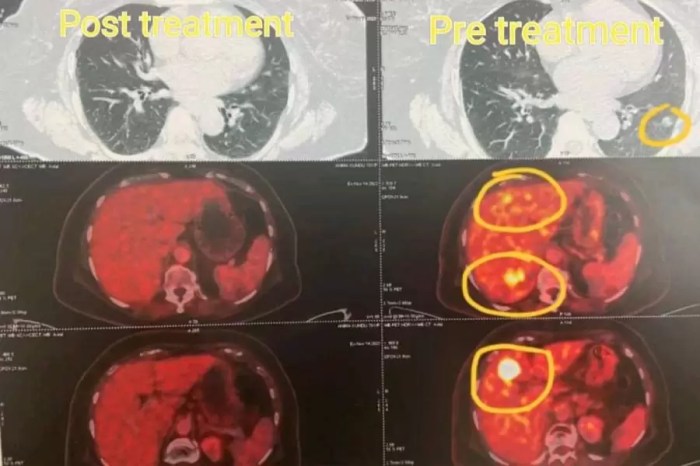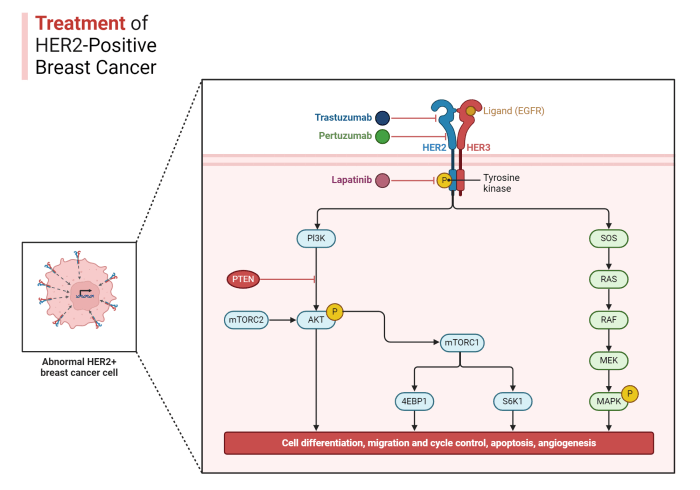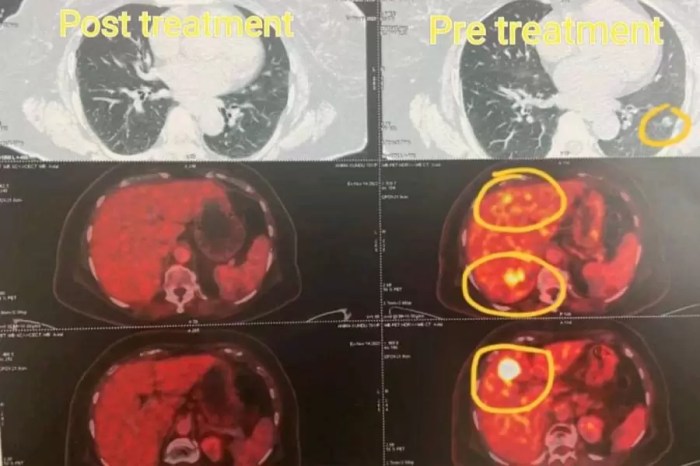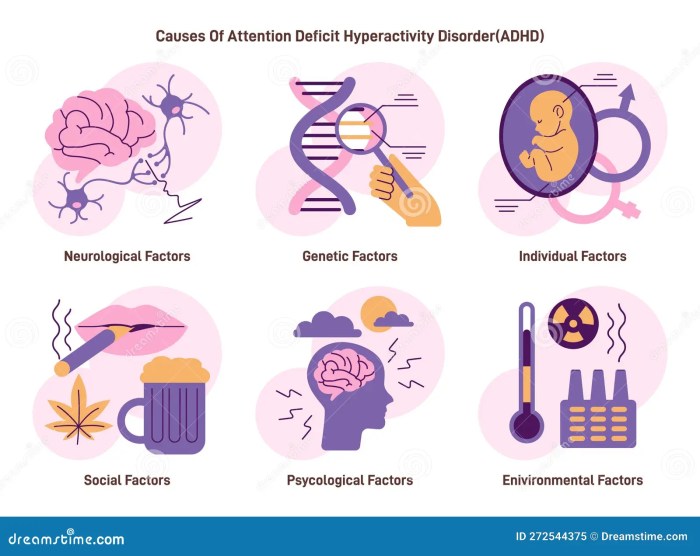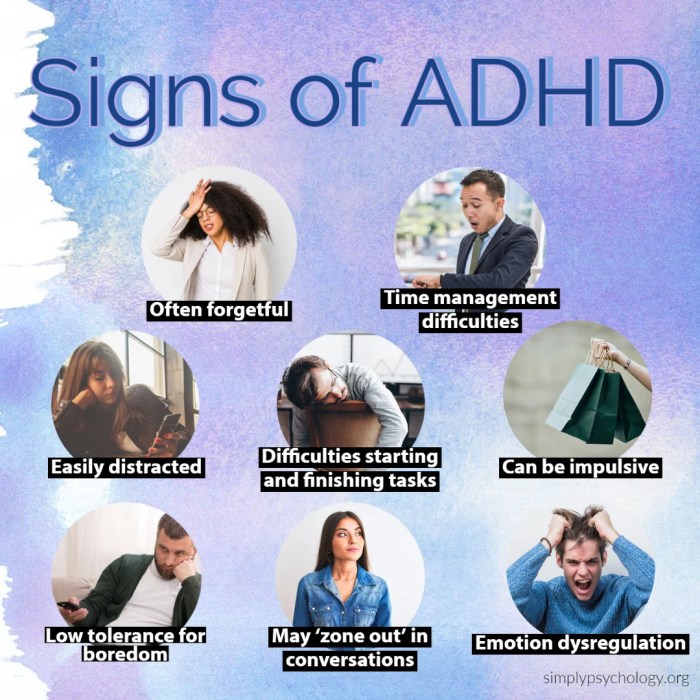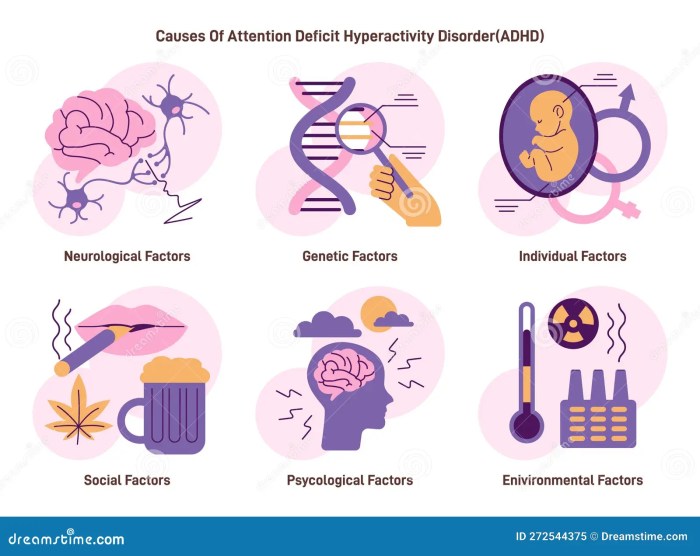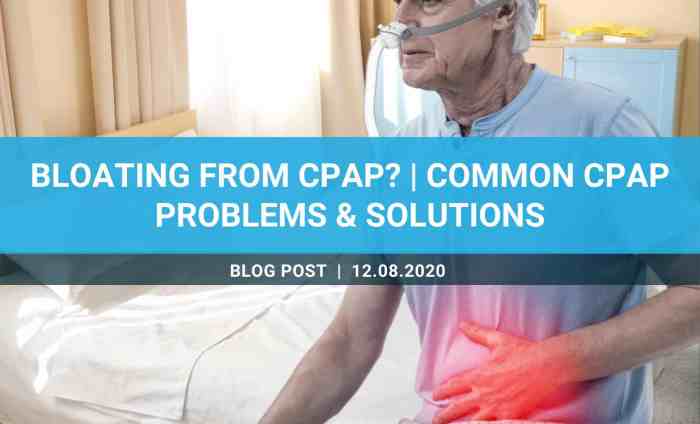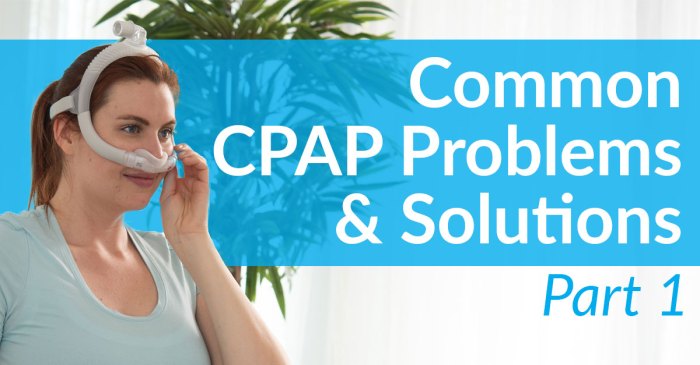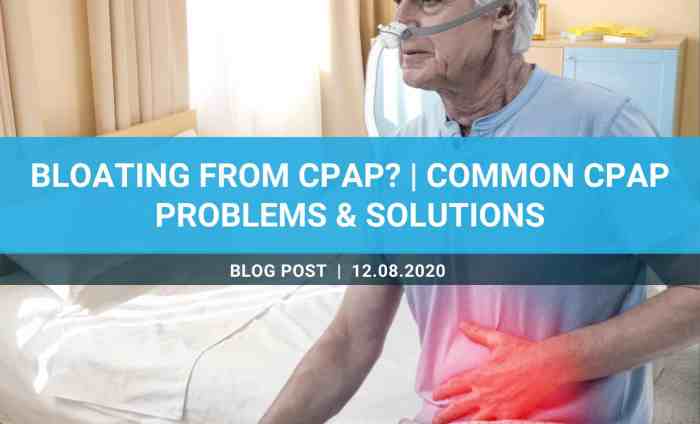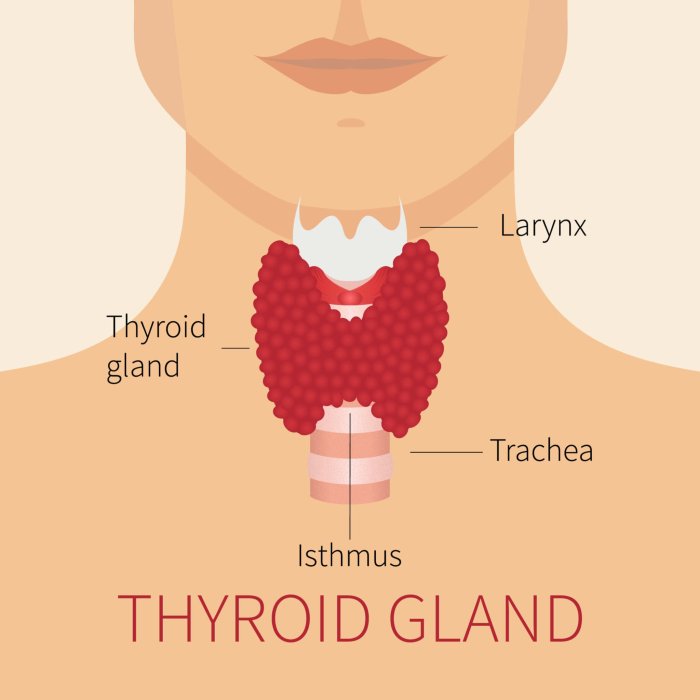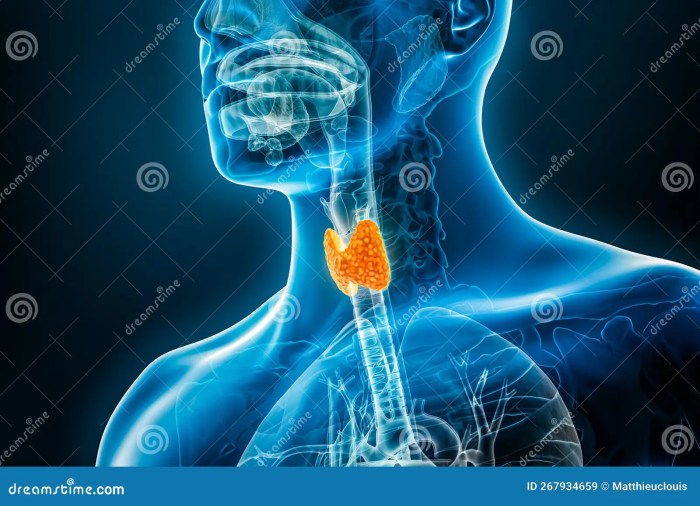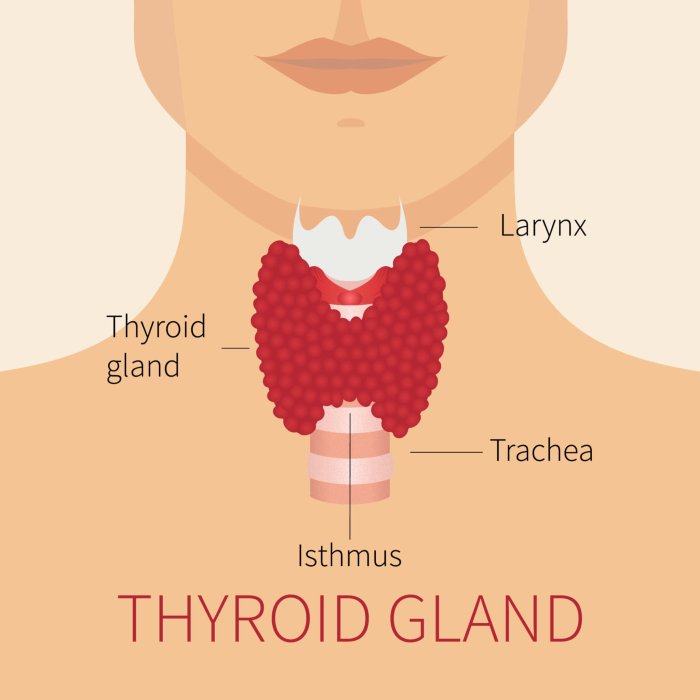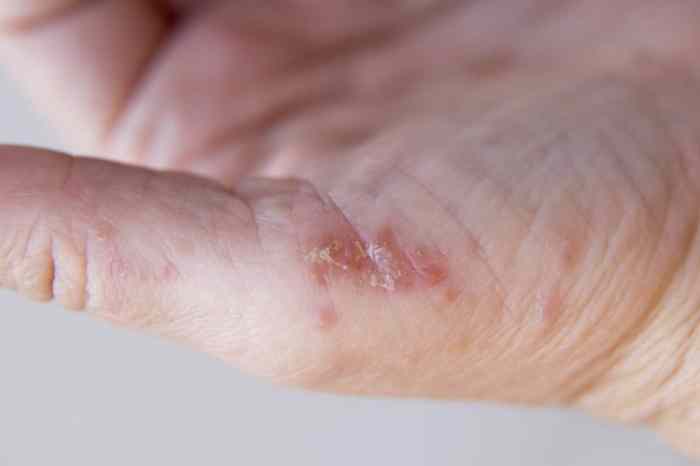Levels of hospice care offer a spectrum of support for those facing end-of-life journeys. This guide delves into the nuances of these different levels, exploring the various services, eligibility criteria, and potential outcomes for patients and families. From basic care to more intensive support, understanding the different tiers of hospice care is crucial for making informed decisions during a challenging time.
The levels of care encompass a range of needs and circumstances, from patients requiring basic comfort and symptom management to those requiring more intensive medical interventions. This detailed look at each level will help you navigate the complexities of hospice care and choose the most appropriate level of support for your specific needs.
Introduction to Hospice Care Levels: Levels Of Hospice Care
Hospice care provides compassionate and supportive care for individuals facing a life-limiting illness. Its primary goal is to improve the quality of life for patients and their families during this challenging time, focusing on comfort and dignity rather than curative treatment. This approach recognizes that life’s final chapter deserves dedicated attention and support.Hospice care is characterized by a team-oriented approach, involving medical professionals, nurses, social workers, and volunteers.
It emphasizes holistic care, addressing not only the physical needs of the patient but also their emotional, social, and spiritual well-being. The focus shifts from curing the disease to providing comfort and support as the patient navigates the final stages of life. Key elements of hospice care include pain management, symptom control, emotional support, and bereavement counseling for the family.
Different Levels of Hospice Care
Hospice care isn’t a one-size-fits-all approach. Various levels exist, tailored to meet the unique needs of each patient. These levels typically represent different intensities of care and vary based on the frequency and type of services provided. Understanding these levels helps individuals and families make informed decisions about the best care plan for their situation.
Hospice Care Levels Comparison
| Level | Description | Typical Services | Eligibility Criteria |
|---|---|---|---|
| Routine Home Care | This level provides care in the patient’s home environment. It is the most common level and offers ongoing support and management of symptoms. | Regular visits by nurses, home health aides, social workers, and spiritual advisors; medication management, pain and symptom control, and emotional support for the patient and family. Equipment like medical beds, oxygen tanks, and other necessary medical supplies are often included. | Patient must be terminally ill with a life expectancy of six months or less. Care is provided in the patient’s home or a similar residence. |
| Inpatient Hospice Care | This level of care is for patients who need more intensive support than can be provided at home. It often involves short-term stays in a hospice facility. | 24/7 medical care by nurses and other healthcare professionals; pain and symptom management; medication administration; access to medical equipment and supplies; emotional support and counseling. | Patient must be experiencing a sudden or acute symptom flare-up requiring intensive care. The patient’s condition is unstable and needs constant monitoring. The patient may be unable to receive the necessary care in a home setting. |
| Continuous Care | This level is for patients experiencing an acute symptom crisis. Continuous care provides around-the-clock support in a hospice setting. | Around-the-clock nursing care; medication management; symptom control; and access to medical equipment and supplies. Family members are also involved in care planning and support. | Patient is experiencing a significant and rapid decline in condition, necessitating continuous monitoring and intervention. The patient’s needs cannot be met in a routine home care setting. This is typically for a limited period of time, and the patient must meet the criteria for hospice care. |
| General Inpatient Care | This level provides temporary care for patients who require short-term hospitalization or care in a hospice facility. | 24/7 medical care; pain and symptom management; medication administration; access to medical equipment and supplies; emotional support and counseling. Similar to Inpatient Hospice Care, but is designed to manage specific medical needs rather than a terminal symptom crisis. | Patient is experiencing a temporary illness or complication that requires short-term hospitalization, but the condition is not necessarily acute. The condition is related to the terminal illness but not a symptom crisis requiring continuous care. The patient must meet the criteria for hospice care. |
Defining the Levels of Hospice Care
Hospice care, a compassionate approach to end-of-life care, provides comfort and support to patients and their families. Understanding the different levels of hospice care is crucial for navigating the options available and making informed decisions. These levels cater to a spectrum of needs, ensuring patients receive the appropriate level of support and resources.The various levels of hospice care represent a continuum of services, moving from routine home care to more intensive levels of care when needed.
Understanding the different levels of hospice care can be tricky, but it’s crucial for making informed decisions. While focusing on comfort and quality of life, you might also be interested in natural remedies for managing pain. For instance, learning how to shrink bunions naturally could be a valuable step in that direction. how to shrink bunions naturally Ultimately, each level of hospice care is tailored to meet specific needs, ensuring patients receive the support they deserve.
These levels are not rigid categories, but rather adjustable options based on the evolving needs of the patient. Each level is designed to provide a tailored approach, optimizing comfort and well-being for the individual.
Distinctions Between Levels of Hospice Care
The distinctions between hospice care levels lie in the intensity and scope of services provided. Basic home care focuses on comfort measures and symptom management, while higher levels provide more intensive care, including 24/7 skilled nursing and medical supervision. The difference in service offerings directly relates to the patient’s needs and the support required. This allows for flexibility in adapting care to meet changing circumstances.
Varying Degrees of Patient Needs and Care Requirements
Patient needs vary significantly across different levels of hospice care. Basic home care is suitable for patients requiring minimal intervention and primarily focused on comfort and symptom management. For patients needing more intensive support, such as those experiencing acute pain episodes or escalating medical conditions, higher levels of care offer a more comprehensive approach. Factors such as the frequency and severity of symptom flares, the need for complex medical interventions, and the level of family support are key considerations.
Factors Influencing Placement in a Specific Level of Care
Several factors influence the placement of a patient in a specific level of hospice care. The patient’s overall health condition, including the severity and frequency of symptoms, is a primary consideration. The patient’s ability to manage daily activities and personal care also plays a crucial role. Furthermore, the availability and accessibility of support systems, such as family members or caregivers, influence the decision-making process.
The geographic location of the patient and the resources available within the community are also significant factors. Ultimately, the goal is to select the level of care that best meets the patient’s current needs and promotes their comfort and well-being.
Common Characteristics Shared by Different Levels
Despite the variations in service offerings, certain common characteristics unite the different levels of hospice care. All levels prioritize comfort and symptom management, ensuring the patient’s dignity and quality of life. The focus is on holistic care, considering the physical, emotional, and spiritual needs of the patient and their family. Each level emphasizes collaboration between the hospice team, the patient, and their loved ones, ensuring a coordinated and supportive approach.
Furthermore, all levels aim to provide a supportive environment that promotes a sense of peace and acceptance during the final stages of life.
Eligibility Criteria for Hospice Care Levels
The following table Artikels the various eligibility criteria for different levels of hospice care, illustrating the different needs and situations they cater to.
| Level | Criteria | Example Situations | Potential Outcomes |
|---|---|---|---|
| Routine Home Care | Patient needs minimal intervention, primarily for comfort and symptom management. | Stable condition, manageable pain, supportive family. | Improved quality of life, peaceful passing at home. |
| Continuous Home Care | Patient requires more frequent skilled nursing care, including medication administration, wound care, or symptom management. | Frequent pain episodes, increasing need for medical interventions, lack of family support. | Stable condition, reduced pain and discomfort, improved comfort. |
| General Inpatient Care | Patient requires short-term, intensive care for symptom management, stabilization, or crisis intervention. | Acute pain exacerbation, difficulty swallowing, respiratory distress, medical instability. | Stabilized condition, symptom relief, return to home care or other appropriate level. |
| Hospice Inpatient Care | Patient requires continuous monitoring and care in a dedicated hospice facility, due to acute medical issues. | Severe symptom management needs, inability to manage care at home, severe illness requiring constant medical attention. | Symptom management, stabilization of condition, and support during a crisis period. |
Services Offered in Each Level
Hospice care provides comprehensive support for individuals facing life-limiting illnesses, and the services offered vary depending on the level of care needed. Understanding the specific services available at each level is crucial for families navigating this challenging time. This helps ensure appropriate care and allows for informed decisions regarding the best approach for their loved one’s needs.
Levels of Hospice Care Services
Hospice care services are designed to meet a wide range of needs, from basic medical care to emotional and spiritual support. The level of service offered is tailored to the patient’s individual requirements and can be adjusted as their condition changes. This allows for a flexible and responsive approach to ensure the best possible quality of life for the patient.
Routine Home Care
This level of hospice care primarily focuses on providing services in the patient’s home environment. It emphasizes comfort, pain management, and supportive care to maintain the patient’s quality of life.
- Medical services typically include medication management, symptom monitoring, and basic nursing care. This may also include physical therapy, occupational therapy, and speech therapy, if necessary.
- Emotional support involves counseling and support groups for the patient and family members. These services can help families cope with the emotional challenges of a terminal illness.
- Spiritual support is often provided by chaplains or spiritual advisors, offering comfort and guidance through religious or philosophical perspectives.
Continuous Home Care
This level provides more intensive support than routine home care. It’s designed for patients experiencing a rapid decline or frequent symptom flare-ups. Continuous home care offers around-the-clock nursing care in the patient’s home.
- Frequent monitoring of vital signs, medication administration, and symptom management are essential components.
- Emotional and spiritual support, including counseling and chaplain visits, remain integral aspects of care, adapting to the patient’s increasing needs.
- This level often involves a higher frequency of nursing visits, often for several hours a day, as needed.
General Inpatient Care
This level provides hospice care in a hospital setting when the patient’s symptoms cannot be effectively managed at home or in another facility. It’s a temporary measure to manage acute symptoms and ensure comfort.
- Medical care focuses on pain and symptom management, and stabilizing the patient’s condition.
- Emotional and spiritual support, often provided by hospice staff and volunteers, remain an integral part of care in this setting.
- Frequency and duration of services are determined by the patient’s needs and the duration of their stay in the facility.
Hospice Residential Care
This level provides hospice care in a dedicated facility. It offers a structured environment for patients who require more extensive support than can be provided in their homes or hospitals.
- The services include nursing care, medication management, physical and occupational therapy, as needed.
- Emotional and spiritual support is provided through counseling, support groups, and spiritual guidance.
- Frequency and duration of these services are tailored to the individual patient’s needs and stay duration at the facility.
Services Comparison Table
| Level | Service Type | Frequency | Duration |
|---|---|---|---|
| Routine Home Care | Nursing care, medication management, symptom monitoring | As needed, typically daily | Variable, based on patient needs |
| Continuous Home Care | Around-the-clock nursing, symptom management | Several hours a day, as needed | Variable, based on patient needs |
| General Inpatient Care | Hospital-based symptom management, medical care | As needed, determined by hospital stay | Variable, based on hospital stay |
| Hospice Residential Care | Nursing care, therapy, emotional support | Variable, based on patient needs | Variable, based on patient stay |
Patient Eligibility and Placement
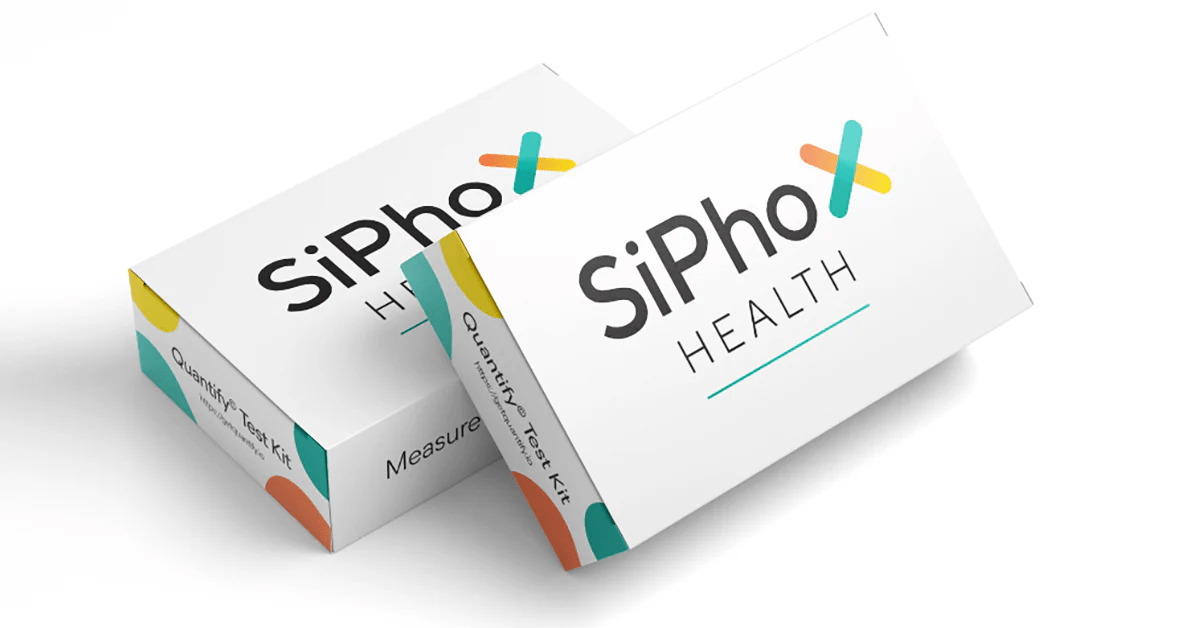
Hospice care is a compassionate approach to end-of-life care, focusing on comfort and quality of life for patients facing a life-limiting illness. A crucial aspect of this care is ensuring patients receive the appropriate level of hospice service, tailored to their specific needs. This involves a careful evaluation process to determine the most suitable level of care based on individual circumstances and preferences.Eligibility and placement in a specific hospice care level is not arbitrary.
It is a carefully considered process that aims to optimize the patient’s experience and ensure they receive the best possible support during this challenging time. This process involves meticulous consideration of the patient’s condition, needs, and preferences, and it often involves a team of healthcare professionals.
Patient Eligibility Criteria
Determining eligibility for hospice care requires a comprehensive assessment of the patient’s condition. A physician must certify that the patient has a terminal illness, with a life expectancy of six months or less if the disease runs its normal course. This prognosis is not a fixed prediction, but rather an estimate based on medical knowledge and the patient’s specific situation.
Understanding the different levels of hospice care can be tricky, but it’s important to know the options available. One aspect that often gets overlooked is the optimal time to take certain supplements, like magnesium, which can significantly impact its effectiveness. For example, knowing the best time to take magnesium ( best time to take magnesium ) could be a game-changer for patients, as it can improve overall comfort and well-being, ultimately impacting the level of care required.
Ultimately, a holistic approach to care, considering factors like medication timing, is key to successful hospice care.
The evaluation considers the patient’s overall health, symptoms, and potential for improvement.
Evaluation Process for Determining Appropriate Level
Evaluating a patient’s needs for hospice care is a multifaceted process. It involves a thorough review of medical records, including diagnostic tests, treatment plans, and past medical history. The healthcare team, which typically includes physicians, nurses, social workers, and other specialists, interviews the patient and their family to understand their needs and preferences. The team assesses the patient’s functional abilities, their pain levels, and the level of support they require.
Role of Healthcare Professionals
Healthcare professionals play a pivotal role in assessing and recommending a specific level of hospice care. Physicians make the initial determination of terminal illness and life expectancy. Nurses assess the patient’s physical needs, pain management requirements, and overall well-being. Social workers provide support and guidance to the patient and family regarding emotional and practical needs. Chaplains or spiritual advisors address the patient’s spiritual needs, if desired.
The team collaborates to determine the most appropriate level of care based on the patient’s specific needs.
Factors Influencing Patient Placement
Several factors can influence a patient’s placement in a particular level of hospice care. Location plays a role, as access to different levels of care may vary geographically. Insurance coverage also significantly impacts the choice of level. For example, a patient with limited insurance may have a smaller range of options compared to someone with comprehensive coverage.
The patient’s preferences and the preferences of their family members are also vital considerations. The complexity of the patient’s needs and the level of support they require are also significant determinants.
Key Factors Influencing Patient Placement
| Level | Factor | Example Scenarios | Impact |
|---|---|---|---|
| Routine Home Care | Patient’s ability to manage daily activities and needs at home. | Patient can manage personal care and basic needs without significant assistance. | Allows for care to be delivered in the comfort of the patient’s home, reducing the need for institutionalization. |
| Continuous Home Care | Requires constant monitoring and skilled nursing care at home. | Patient experiences frequent episodes of pain, requires frequent medication adjustments, or is experiencing significant fluctuations in condition. | Provides consistent monitoring and intervention to manage escalating needs, preventing crises. |
| General Inpatient Care | Patient requires immediate medical attention and monitoring in a hospital or similar facility. | Patient experiences a sudden deterioration in condition, requires intensive symptom management, or has a need for short-term stabilization. | Provides specialized medical care to address immediate and critical needs. |
| Hospice Residential Care | Patient requires 24/7 skilled nursing care in a specialized facility. | Patient needs assistance with most aspects of daily living, has complex medical needs, or prefers a structured environment. | Offers a more structured environment with 24/7 support, addressing the need for extensive care and assistance. |
Impact and Outcomes of Each Level
Hospice care, at its core, aims to enhance the quality of life for patients facing terminal illnesses. The various levels of hospice care cater to different needs and situations, impacting patients and families in distinct ways. Understanding these impacts is crucial for informed decision-making and ensuring the best possible experience.Different levels of hospice care offer varying degrees of support and services, which directly influence the patient’s experience and the family’s ability to cope.
Factors such as the severity of the illness, the patient’s physical and emotional state, and the availability of family support all play a role in determining the most appropriate level of care.
Positive Impacts of Routine Home Hospice Care
This level of care prioritizes comfort and symptom management in the familiar surroundings of home. For patients, this can translate to a sense of normalcy and control during a challenging time. Family members can maintain a close presence and actively participate in caregiving. The continuity of care within a familiar environment can foster a strong sense of community and support.
Understanding hospice care levels is crucial, especially when facing a serious illness like stage 3 lung cancer. Knowing the different levels of care can help patients and families navigate the process and make informed decisions. For example, if you’re looking into life expectancy for someone with stage 3 lung cancer, this resource can provide valuable insights into potential timelines.
Ultimately, the appropriate level of hospice care depends on the individual’s needs and preferences throughout their journey.
Families often appreciate the ability to adjust care to their daily rhythms and routines.
Negative Impacts of Routine Home Hospice Care
While home hospice care offers comfort and familiarity, challenges can arise. Families may experience emotional strain if they struggle with the demands of caregiving. Limited access to specialized equipment or skilled nursing services might create challenges. Geographic isolation or a lack of readily available support can negatively affect the quality of care.
Potential Outcomes of Routine Home Hospice Care
Patients often experience a comfortable and peaceful final phase of life in their home environment. This level of care prioritizes comfort and symptom management, with a focus on maintaining the patient’s dignity and autonomy. Outcomes can vary, but a common goal is to help patients experience a peaceful and dignified end-of-life journey.
Positive Impacts of Inpatient Hospice Care
Inpatient hospice care provides a structured environment with specialized equipment and staff for managing complex symptoms. This level of care is beneficial for patients whose symptoms are difficult to manage at home, or for those requiring continuous monitoring. The dedicated team can offer comprehensive support, ensuring that the patient’s physical and emotional needs are met.
Negative Impacts of Inpatient Hospice Care
Separation from familiar surroundings and support systems can create emotional distress for patients and families. The inpatient setting may not offer the same level of flexibility and personalized care as home hospice. The potential for infections or complications in a shared environment is a concern.
Potential Outcomes of Inpatient Hospice Care
Inpatient hospice care aims to stabilize and manage symptoms, allowing patients to experience comfort and peace. This is often a temporary measure, with the goal of enabling a return to home care or another suitable setting. The potential outcome may be a more controlled and managed approach to end-of-life care, with a focus on comfort and dignity.
Positive Impacts of Respite Care
Respite care provides temporary relief for caregivers, allowing them to rest and recharge while the patient receives specialized care. This is vital for maintaining the well-being of the entire family unit. Respite care can significantly improve the caregiver’s ability to continue providing care effectively.
Negative Impacts of Respite Care
The temporary nature of respite care can be emotionally challenging for patients and families. Adjusting to a new environment and a different caregiving team can cause stress. The patient may experience disruption in routine and familiar support systems.
Potential Outcomes of Respite Care
Respite care aims to temporarily alleviate the strain on caregivers and provide short-term relief. This allows for the continuation of care at home or a transition to a more appropriate setting. A key outcome is the ability of caregivers to maintain their own well-being and continue supporting the patient effectively.
Summary Table of Outcomes and Impacts
| Level | Positive Impacts | Negative Impacts | Potential Outcomes |
|---|---|---|---|
| Routine Home Hospice Care | Familiarity, control, family involvement | Caregiver strain, limited resources, isolation | Peaceful, dignified end-of-life journey |
| Inpatient Hospice Care | Symptom management, specialized care | Separation, lack of flexibility, potential complications | Symptom stabilization, potential return home |
| Respite Care | Caregiver relief, maintaining well-being | Temporary separation, disruption of routine | Continued care, support for caregivers |
Practical Considerations and Challenges
Navigating hospice care involves complex decisions for patients, families, and healthcare providers. Understanding the practical implications of each level, including potential obstacles, is crucial for ensuring optimal care and support. This section delves into the realities of choosing and adapting to different hospice care levels.
Patient and Family Considerations
Patients and families often face significant emotional and practical challenges when choosing and adapting to hospice care levels. Making the transition from curative to palliative care can be emotionally taxing. Families may grapple with adjusting to a new understanding of the patient’s prognosis and the shift from curative to supportive care. Practical considerations include arranging for transportation, household assistance, and managing finances.
The decision to choose a specific level is often intertwined with personal values, cultural beliefs, and the patient’s preferences. These factors, along with the patient’s medical condition and family dynamics, must be carefully considered.
Healthcare Provider Considerations
Healthcare providers play a vital role in facilitating smooth transitions between hospice care levels. They must consider the patient’s individual needs and preferences, as well as the resources available within the hospice program. Recognizing and addressing potential barriers, such as communication breakdowns between different care teams, is crucial. The need for interdisciplinary collaboration, including social workers, counselors, and nurses, is essential.
Providers must also be aware of potential limitations in resources, such as the availability of specific therapies or support services.
Real-Life Scenarios
A common scenario involves a patient initially placed in a general hospice setting. As the patient’s condition deteriorates, the need for more intensive care arises. The family may request a move to a higher level of care, such as inpatient hospice. This transition, however, can be fraught with logistical challenges, requiring coordination between the patient’s primary physician, the hospice team, and the family.
Another scenario illustrates the difficulties faced by patients who reside in rural areas. Accessibility to specialized hospice services may be limited, leading to delays in care and a greater burden on families.
Practical Considerations and Challenges Table
| Level | Consideration | Challenge | Solutions |
|---|---|---|---|
| Routine Home Care | Patient’s ability to manage daily tasks | Potential for inadequate caregiver support at home. | Referral to home healthcare agencies, respite care, or family support groups. |
| Continuous Home Care | Maintaining a stable level of care | High cost of continuous care, staff shortages. | Care coordination with the hospice team, exploration of alternative funding options, and recruitment of qualified staff. |
| Inpatient Hospice | Short-term intensive care needs | Limited availability of inpatient beds, distance from home. | Prioritization of patient needs, utilization of telehealth services, and partnerships with local hospitals. |
| Respite Care | Temporary relief for caregivers | Finding appropriate respite care facilities, coordinating care transitions. | Establishing relationships with reputable respite care providers, exploring community resources, and implementing clear communication protocols. |
Illustrative Case Studies
Understanding how patients navigate the various levels of hospice care is crucial for providing compassionate and effective support. Real-life examples highlight the nuances of these transitions, showcasing the adaptability of hospice care in meeting individual needs. These stories underscore the importance of individualized assessments and the dynamic nature of a patient’s journey through end-of-life care.
Patient Transitions Between Levels
Hospice care levels are not static; patients often transition between them as their conditions evolve. These shifts reflect changes in symptom management needs, functional abilities, and the overall trajectory of the illness. The decision to transition is a collaborative one, involving the patient, family, and the hospice care team.
Case Study 1: Mrs. Davies
Mrs. Davies, a 78-year-old woman with advanced lung cancer, initially entered hospice care at Level 1, focusing on symptom management and palliative care. Her symptoms were relatively stable, and she maintained a good quality of life. However, after a few weeks, her pain intensified, and she experienced increased respiratory distress. The hospice team reassessed her needs and determined that a transition to Level 2, which included more frequent visits and increased medical interventions, was necessary.
This transition ensured that her pain and breathing difficulties were better managed, improving her overall comfort. The family appreciated the proactive nature of the transition and the improved communication it facilitated.
Case Study 2: Mr. Rodriguez, Levels of hospice care
Mr. Rodriguez, a 65-year-old man with heart failure, entered hospice care at Level 3. He required significant support with daily activities and had fluctuating periods of severe shortness of breath. His condition deteriorated, necessitating a move to Level 4, the most intensive level of hospice care, providing around-the-clock care. This shift addressed the escalating needs for symptom management and medical interventions, providing greater support for Mr.
Rodriguez and his family during this critical period.
Case Study 3: Ms. Chen
Ms. Chen, a 92-year-old woman with dementia, entered hospice care at Level 2. Her family desired more frequent visits to help with her emotional well-being and to ensure her comfort. The hospice team, recognizing the family’s need for increased support and Ms. Chen’s desire for companionship, transitioned her to Level 1, enabling a more personalized approach to her care and improved quality of life for both her and her family.
Improvement Leading to a Lower Level
In some cases, a patient’s condition improves sufficiently to move from a higher level to a lower one. This positive change in status is often attributed to effective symptom management, successful medical interventions, or a stabilization of the underlying illness.
Case Study 4: Mr. Lee
Mr. Lee, a 72-year-old man with advanced Parkinson’s disease, initially required the intensive care of Level 4 hospice. Through a combination of medication adjustments, physical therapy, and occupational therapy, Mr. Lee’s mobility and cognitive function improved. The hospice team assessed his reduced needs and determined that a transition to Level 2 hospice care was appropriate, allowing for a more balanced approach to his care while continuing to provide vital support.
The improved quality of life for Mr. Lee and his family was significant. This case study exemplifies the dynamic nature of hospice care and its ability to adapt to changes in patient needs.
Outcome Summary
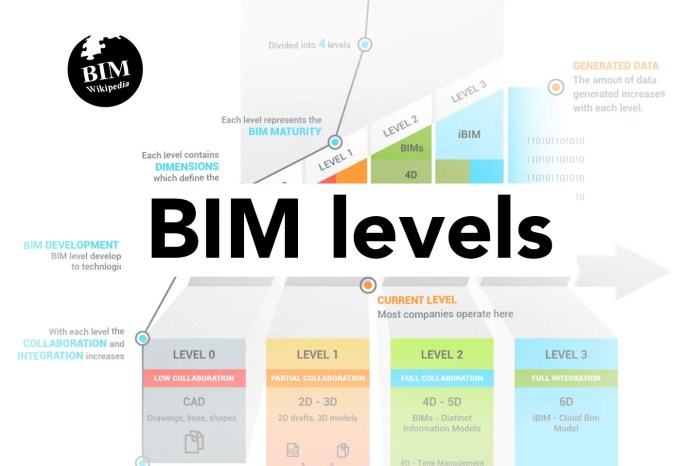
In conclusion, navigating the levels of hospice care requires careful consideration of individual needs, resources, and preferences. Understanding the different levels, services, and eligibility criteria is vital for both patients and families as they navigate this challenging journey. The goal is to ensure the most appropriate and comfortable care is provided throughout the process.
